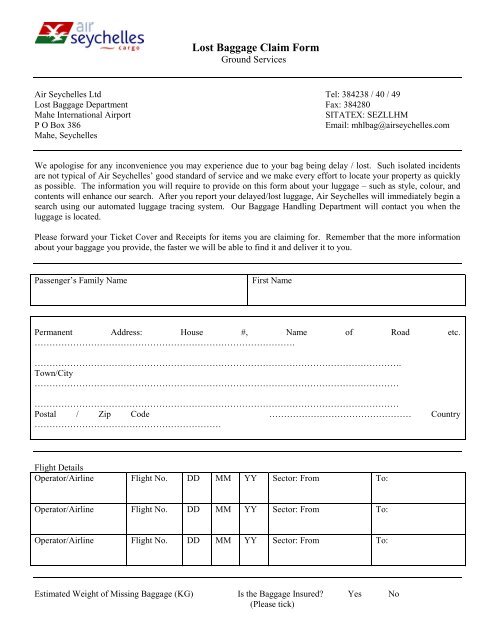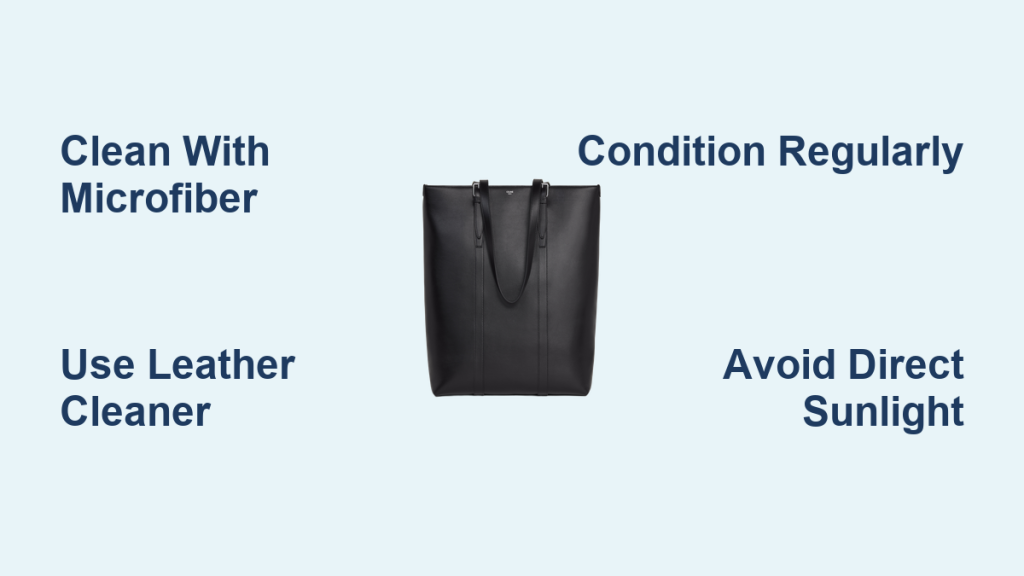Traveling can be stressful, but packing doesn’t have to be. Many travelers dread the process of fitting everything into a checked bag, fearing overweight fees or damaged items. This guide will show you how to pack a checked bag efficiently and securely, ensuring a smooth travel experience. We’ll start with a quick overview of airline restrictions, then dive into detailed packing strategies.
This comprehensive guide goes beyond just fitting your belongings. We’ll cover everything from choosing the right luggage and maximizing space to protecting fragile items and preparing for potential lost luggage situations. By the end of this article, you’ll be a checked bag packing expert, ready to tackle any travel adventure with confidence.
Choosing the Right Luggage

- Size and Weight Limits: Airlines have strict size and weight restrictions for checked bags. These vary by airline and ticket class. Check your airline’s website before you start packing to avoid surprise fees.
- Hard vs. Soft Shell:
- Hard Shell: Offers better protection for fragile items but can be less flexible in terms of fitting oddly shaped objects.
- Soft Shell: More forgiving when overstuffed and often has external pockets for quick access.
- Wheels and Handle: Opt for a suitcase with spinner wheels for easy maneuverability and a telescoping handle that locks securely.
- Durability: Invest in a suitcase made from durable materials like ballistic nylon or polycarbonate.
Pre-Packing Preparation
Making a Packing List
A packing list is your best friend. Categorize items (clothing, toiletries, electronics, etc.) to stay organized. Consider your destination’s climate and planned activities.
Gathering Supplies
- Packing Cubes: These are game-changers for organization and compression.
- Travel-Sized Toiletries: Follow TSA guidelines for liquids (3.4 oz/100ml or less).
- Ziploc Bags: Useful for containing spills and separating items.
- Laundry Bag: Keep dirty clothes separate.
- Scale: A luggage scale is essential to avoid overweight fees.
- Bubble Wrap/Protective Packaging: For fragile items.
Packing Strategies: Maximizing Space
The Rolling Method
Rolling clothes tightly saves space and minimizes wrinkles. This works best for casual items like t-shirts, jeans, and sweaters.
The Bundling Method
Wrap clothes around a central core (like a packing cube or toiletry bag) to create a wrinkle-resistant bundle. This is ideal for dress shirts, pants, and skirts.
Using Packing Cubes
- Categorize: Separate clothes by type (shirts, pants, underwear) or by outfit.
- Compression: Packing cubes compress clothing, maximizing space.
- Organization: Easily find what you need without unpacking everything.
Filling Empty Spaces
- Shoes: Stuff socks and small items inside shoes.
- Hats: Place smaller items inside the crown of a hat.
- Corners: Utilize the corners of the suitcase for smaller items.
Layering Strategically
- Heaviest Items at the Bottom: Place shoes and heavier items near the wheels for better balance.
- Soft Items Around Fragile Items: Use clothes to cushion fragile items.
- Toiletries in Ziploc Bags: Prevent spills from ruining your clothes.
Protecting Your Belongings

Fragile Items
- Wrap Individually: Use bubble wrap or packing paper to protect fragile items.
- Place in the Center: Surround fragile items with soft clothing.
- Label Clearly: Mark the suitcase as “Fragile” to encourage careful handling.
Liquids
- Seal Tightly: Ensure all liquids are tightly sealed to prevent leaks.
- Double Bag: Place toiletries in a Ziploc bag and a separate waterproof bag.
- Consider Travel-Sized Containers: Reduce the risk of leaks and save space.
Valuables
- Never Pack in Checked Luggage: Keep valuables like jewelry, electronics, and important documents in your carry-on bag.
- Document Valuables: Take photos of expensive items for insurance purposes.
Preparing for Potential Issues

Lost Luggage
- Remove Identification: Take out old luggage tags.
- Internal Identification: Place a copy of your itinerary and contact information inside the suitcase.
- Airline Contact Information: Keep a copy of your airline confirmation and baggage claim tag.
- Travel Insurance: Consider purchasing travel insurance that covers lost or delayed luggage.
Damage
- Take Photos: Document any damage to your luggage upon arrival.
- File a Claim: Report damage to the airline immediately and file a claim.
Pro Tips for Packing Success
- Wear Your Heaviest Items: Wear your bulkiest shoes and jacket on the plane to save space in your suitcase.
- Utilize Compression Bags: These bags remove air, compressing clothing even further.
- Roll Belts Along the Sides: Place rolled belts along the perimeter of the suitcase to add structure and prevent clothes from shifting.
- Leave a Little Room: Don’t pack your suitcase to the absolute brim. Allow some room for souvenirs or items you might purchase during your trip.
- Weigh Your Bag Regularly: Check the weight of your bag throughout the packing process to avoid exceeding the airline’s limit.
Professional Help
- Luggage Repair Services: If your suitcase is damaged, consider professional repair services.
- Packing Services: Some travel agencies offer packing services for a fee.
- Travel Consultants: A travel consultant can provide personalized packing advice based on your destination and travel style.
FAQ
Q: What items are prohibited in checked luggage?
A: Items like flammable liquids, explosives, and lithium batteries (in certain configurations) are prohibited. Check the TSA website for a complete list.
Q: How can I prevent my suitcase from being overweight?
A: Use a luggage scale, wear your heaviest items, and pack strategically using compression techniques.
Q: What should I do if my luggage is lost?
A: Report the loss to the airline immediately, file a claim, and contact your travel insurance provider.
Q: Is it safe to pack medication in my checked luggage?
A: Yes, but it’s best to keep essential medication in your carry-on bag in case of delays or lost luggage.
Alternative Solutions
If you consistently struggle with packing light, consider shipping items to your destination or using a luggage forwarding service. Alternatively, investing in a larger carry-on bag might allow you to avoid checking a bag altogether.
| Solution | Pros | Cons | Best For |
|---|---|---|---|
| Shipping | Reduces airport hassle, allows for more items | Can be expensive, potential delays | Long trips, bulky items |
| Luggage Forwarding | Convenient, door-to-door service | Can be costly | Frequent travelers, complex itineraries |
Get Your Checked Bag Packed and Ready to Go!
You’ve now armed yourself with the knowledge and strategies to pack a checked bag like a pro. Remember to plan ahead, pack strategically, protect your belongings, and prepare for potential issues.
Following these steps will help you avoid stress and enjoy a smoother, more relaxing travel experience.
Share your best packing tips in the comments below! What are your go-to tricks for maximizing space and staying organized?




